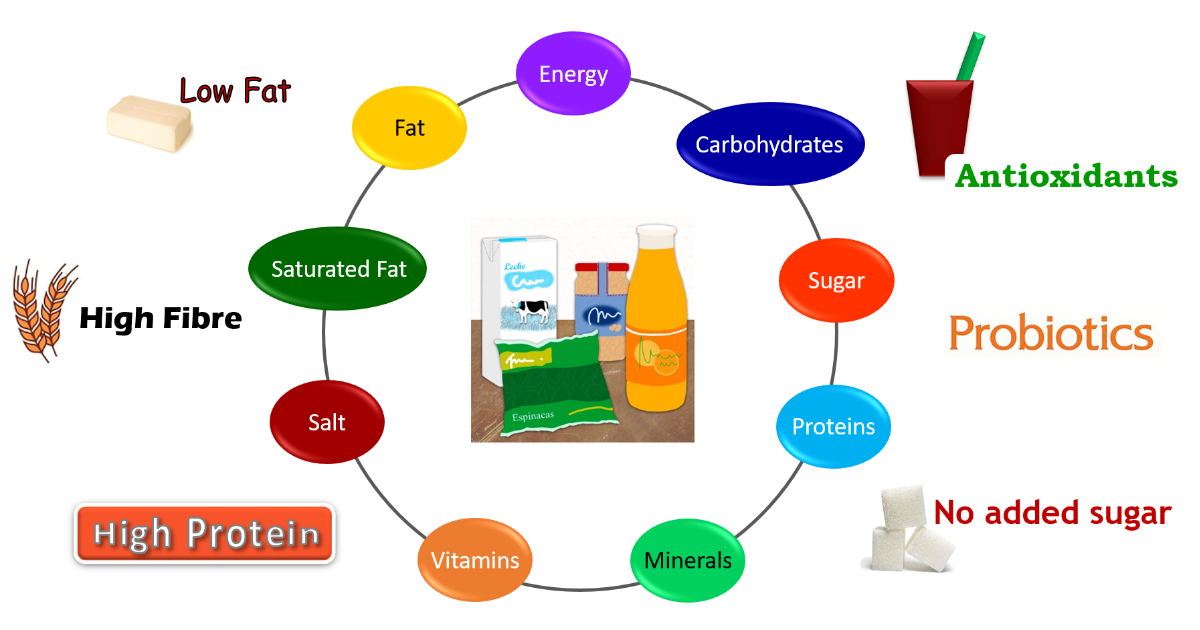- 5.0Impact Factor
- 9.1CiteScore
- 13 daysTime to First Decision
Nutrient Composition and Nutrition/Health-Related Claims
This special issue belongs to the section “Nutrition Methodology & Assessment“.
Special Issue Information
Dear Colleagues,
I am pleased to invite contributions of original research or reviews to the Special Issue "Nutrient Composition and Nutrition/Health-Related Claims".
Unhealthy eating is one of the four main risk factors in regard to noncommunicable diseases in the world. The presence of unhealthy foods on the market is overwhelming and the population must be made aware of this. In addition, institutions need information to be able to establish public health measures to protect consumers. For this reason, research on the nutrient composition of commercially available foods is essential. Changes in nutrient composition over time are also critical to monitoring formulation modifications carried out by the food industry in response to public health initiatives.
It has been commonly found that consumers' perception of foods is influenced by the presence of nutrition and health claims. Foods that carry these claims are often considered as healthy or healthier than those that do not. Studies indicate that they are even more likely to be purchased.
This special issue aims to provide valuable research on these topics. Manuscripts on the role of nutrient composition of foods in human health are welcome, as they will help to unveil the nutritional quality of foods in the market. In addition, works on nutrition and health-related claims are also encouraged.
Prof. Dr. Ana Belén Ropero
Guest Editor
Manuscript Submission Information
Manuscripts should be submitted online at www.mdpi.com by registering and logging in to this website. Once you are registered, click here to go to the submission form. Manuscripts can be submitted until the deadline. All submissions that pass pre-check are peer-reviewed. Accepted papers will be published continuously in the journal (as soon as accepted) and will be listed together on the special issue website. Research articles, review articles as well as short communications are invited. For planned papers, a title and short abstract (about 250 words) can be sent to the Editorial Office for assessment.
Submitted manuscripts should not have been published previously, nor be under consideration for publication elsewhere (except conference proceedings papers). All manuscripts are thoroughly refereed through a single-blind peer-review process. A guide for authors and other relevant information for submission of manuscripts is available on the Instructions for Authors page. Nutrients is an international peer-reviewed open access semimonthly journal published by MDPI.
Please visit the Instructions for Authors page before submitting a manuscript. The Article Processing Charge (APC) for publication in this open access journal is 2900 CHF (Swiss Francs). Submitted papers should be well formatted and use good English. Authors may use MDPI's English editing service prior to publication or during author revisions.
Keywords
- nutrient composition
- nutrition quality
- nutrition claims
- health claims
- nutrient profile models
- food database

Benefits of Publishing in a Special Issue
- Ease of navigation: Grouping papers by topic helps scholars navigate broad scope journals more efficiently.
- Greater discoverability: Special Issues support the reach and impact of scientific research. Articles in Special Issues are more discoverable and cited more frequently.
- Expansion of research network: Special Issues facilitate connections among authors, fostering scientific collaborations.
- External promotion: Articles in Special Issues are often promoted through the journal's social media, increasing their visibility.
- e-Book format: Special Issues with more than 10 articles can be published as dedicated e-books, ensuring wide and rapid dissemination.

